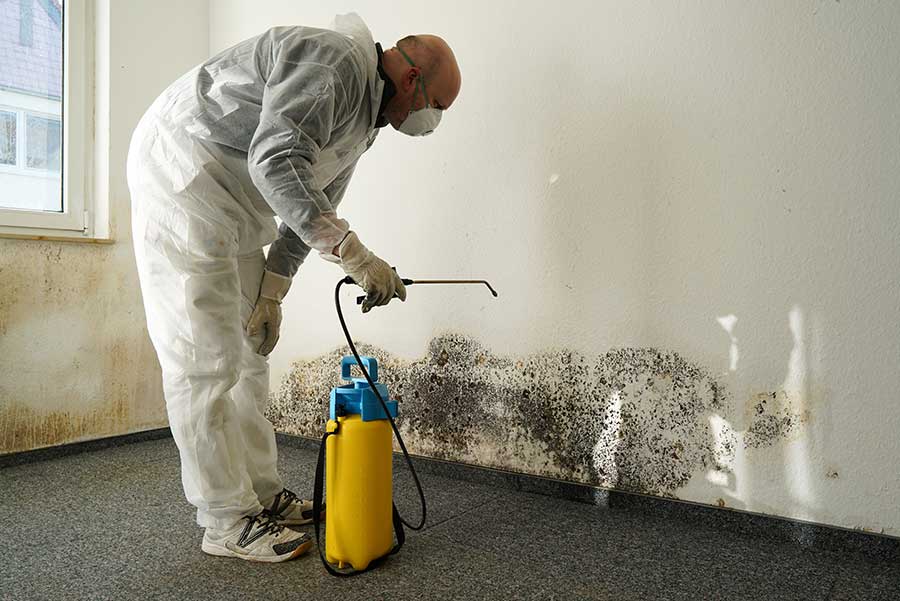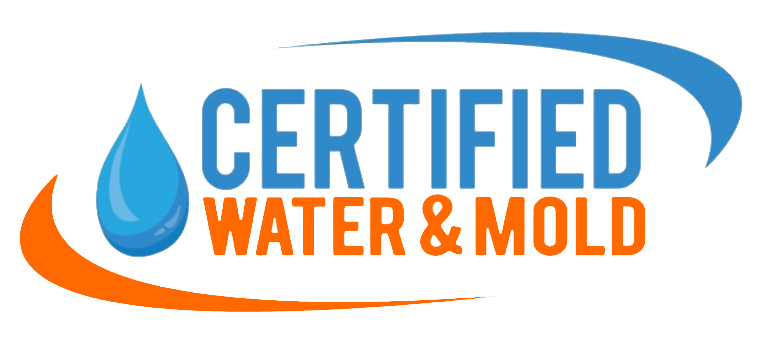Understanding and Addressing Ghosting on Walls

CONTACT US
- 2021 B East Spruce Circle Olathe, KS 66062.
- 816-835-4959
- mike@cwmrestoration.com
BUISNESS LISTINGS
What Are the Black Stains Along Stud Lines on My Walls?
Got Ghosting or Mold Issues? Call Certified Water and Mold for Help. 816-835-4959 Ghosting appears as dark, soot-like stains along wall studs or ceiling joists, caused by airborne particles condensing on cooler surfaces. This usually results from poor insulation, inadequate ventilation, high humidity, or soot from candles and fireplaces.
Common Causes:
- Poor Insulation: Cold spots near studs attract condensation and airborne particles.
- Inadequate Ventilation: Lack of airflow in places like bathrooms and kitchens increases particle buildup.
- High Humidity: Extra moisture allows particles to stick to surfaces.
- Combustion Byproducts: Burning candles, fireplaces, or some cooking methods release soot.
How to Fix Ghosting:
- Clean: Wash stains with mild detergent; for stubborn marks, use a diluted bleach solution (spot test first).
- Stain-Blocking Primer: Apply after cleaning to seal stains.
- Repaint: Use high-quality, moisture-resistant paint for best durability.
- Prevention:
- Upgrade insulation
- Improve ventilation
- Control indoor humidity
- Limit burning candles and fireplaces
- Clean surfaces regularly
Dark streaks or stains on your walls and ceilings aren’t just an eyesore—they may be a sign of “ghosting.” Ghosting refers to faint lines, streaks, or sooty stains that develop over time due to airborne particles, such as dust, soot, or dirt, settling on cooler surfaces. This phenomenon is often associated with insulation gaps, poor air quality, high humidity, or ventilation issues in your home.
What Causes Ghosting?
- Insulation Gaps and Thermal Bridging: Soot in Areas with poor insulation or where framing components touch the wall create cold spots. These draw airborne particles, which settle in lines that map out the framing or studs behind your walls and ceilings. What causes the shadowing on the walls? : r/DIY
- Poor Indoor Air Quality: Everyday activities—such as cooking, smoking, and burning candles—release fine particles. In homes with inadequate ventilation or filter maintenance, these particles accumulate on cooler surfaces, leaving visible marks.
- High Humidity: Excess moisture in the air creates condensation on chilly surfaces, trapping dust and soot and increasing the appearance of ghosting stains. Bathrooms and basements are frequent hotspots.
- Inadequate Ventilation: Without proper airflow, humidity, and particulates become trapped indoors, leading to health issues. Poorly ventilated spaces encourage condensation and further accumulation of particles.
Cleaning and Removing Ghosting
For light ghosting, you may be able to clean stains yourself:
- Surface Prep: Dust or vacuum the area first.
- Mild Cleaner: Use warm water with a gentle detergent or a solution of water and bleach (1:4 ratio).
- Gentle Scrub: Wipe stains in a circular motion with a soft cloth. Tougher stains may require stronger cleaners—all the more reason to test a small area first.
- Rinse and Dry: Wipe the surface with clean water, then thoroughly dry it.
- Repaint: If marks persist, use a stain-blocking primer followed by fresh paint for a lasting solution.
When to Call a Professional
DIY methods work for minor cases, but you’ll need expert help if:
- Stains are widespread or persist despite cleaning.
- There are signs of underlying moisture, mold, or air quality issues.
- Ghosting is accompanied by musty odors, rapid spread, or fuzziness (which may indicate mold, not ghosting).
Restoration professionals can:
- Assess insulation and ventilation concerns.
- Use industrial-grade cleaning techniques.
- Offer remediation to prevent recurrence.
- Address potential mold or water damage.
Ghosting vs. Mold: How to Tell the Difference
While both can look unsightly, ghosting and mold are distinct:
- Ghosting: Appears as straight, gray, or black lines in patterns matching your home’s framing. It is usually dry and powdery.
- Mold: Shows up as irregular, fuzzy, or slimy patches, often in damp areas. Mold can cause health issues, while ghosting is mainly cosmetic.
Preventing Ghosting
To keep ghosting at bay:
- Upgrade insulation, especially in attics and around windows and doors.
- Use HEPA filters and schedule regular HVAC maintenance.
- Maintain indoor humidity below 55% by using a dehumidifier.
- Reduce sources of airborne particles by limiting the use of candles and smoking indoors.
- Improve airflow by cleaning vents and using exhaust fans.
Trust Experts Like Certified Water and Mold
At Certified Water and Mold, we don’t just remove stains—we identify the root causes behind ghosting. Our team expertly cleans sooty marks, improves insulation and ventilation, and offers comprehensive solutions to prevent recurrence, restoring both your walls and your peace of mind.
If you’re facing persistent ghosting or worrying it might be mold, call Certified Water and Mold for professional assessment and reliable remediation.







